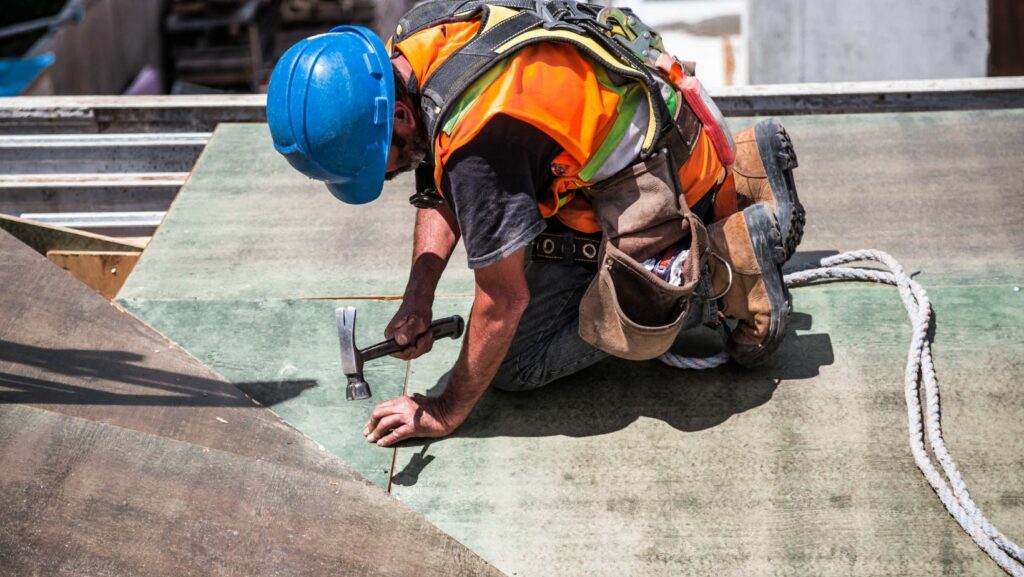In commercial construction, the success of a project depends heavily on the team executing it—especially the subcontractors. These specialists handle critical tasks like plumbing, electrical, and HVAC, ensuring each component meets safety and quality standards. Assembling the right team of subcontractors requires careful planning, from defining project requirements to vetting candidates and establishing clear contracts.
Without a strong and reliable team, even the best project plans can fall apart. This guide outlines the essential steps to building a team of subcontractors that will keep your project on track and deliver top-notch results.
Understanding the Role of Subcontractors
Subcontractors play a vital role in the success of any commercial construction project. They are specialists hired to handle specific aspects of the project, such as plumbing, electrical work, HVAC installation, or structural steel. By focusing on their areas of expertise, subcontractors ensure that critical components of the project are completed with precision and to industry standards. Their work directly impacts the overall timeline, as delays in one trade can affect the progress of others down the line.
Additionally, the quality of subcontractor performance contributes significantly to the durability, safety, and functionality of the finished structure. Assembling the right team of subcontractors is essential to maintaining efficiency and achieving the desired level of craftsmanship. Without their expertise, even the best project plans can fall short of expectations.
Key Steps in Assembling the Right Team
Assembling the right team of professionals is one of the most critical steps in ensuring a commercial construction project runs smoothly.

It requires careful planning, clear communication, and a structured approach to avoid delays and costly mistakes. By following these key steps, you can build a skilled, reliable team that delivers quality work on time and within budget.
Defining Project Requirements
Before bringing subcontractors on board, it’s essential to clearly outline the scope of work. Break the project into specific tasks, like roofing, electrical, or framing, and figure out which trades are needed to get the job done. This step helps pinpoint exactly what skills and experience are required. It’s important to think through the sequence of work as well—what happens first, what depends on what, and how the trades overlap.
With a clear scope, it’s easier to create a realistic timeline that avoids bottlenecks. This preparation not only keeps the project moving smoothly but also ensures you’re hiring the right people for the right jobs.
Research and Vetting
Finding the right subcontractors takes more than a quick search or hiring the first name that pops up. Start by tapping into industry networks, trusted referrals, or trade associations. Another effective strategy is exploring different subcontractor networks, which can connect you with a wide range of skilled professionals in various trades. These networks often have pre-vetted contractors, saving you time while ensuring quality. Once you have some candidates, dig into their backgrounds. Check their licenses, certifications, and insurance to ensure they meet all legal and safety requirements.

Ask for a portfolio of their previous work—preferably on similar-sized projects—and follow up on references to see how they’ve performed in the past. Look for subcontractors with a proven track record of success in handling similar scopes of work. Pay attention to how they communicate and whether they seem reliable and organized. The goal is to find subcontractors who not only know their craft but can also deliver on time and with quality, ensuring your project stays on track.
Contracts and Communication
A solid contract is non-negotiable when working with subcontractors. It should lay out everything: the scope of work, payment terms, deadlines, and how changes will be handled. Without it, you’re opening the door to confusion and disputes.
Beyond the paperwork, clear communication is just as important. Set up a system for regular updates—whether that’s weekly meetings or daily check-ins—so everyone stays on the same page. Miscommunication is one of the fastest ways a project can go off track, so don’t leave room for assumptions. When subcontractors know exactly what’s expected and when, the job runs smoother, and problems get solved faster.
Conclusion
A well-assembled team of subcontractors is the foundation of a successful commercial construction project. By clearly defining project requirements, thoroughly vetting candidates, and maintaining strong contracts and communication, you can minimize risks and ensure the job is done right. The time spent planning and assembling your team will pay off in the form of smooth workflows, on-time completion, and high-quality outcomes. With the right subcontractors in place, your project will not only meet expectations but exceed them.



